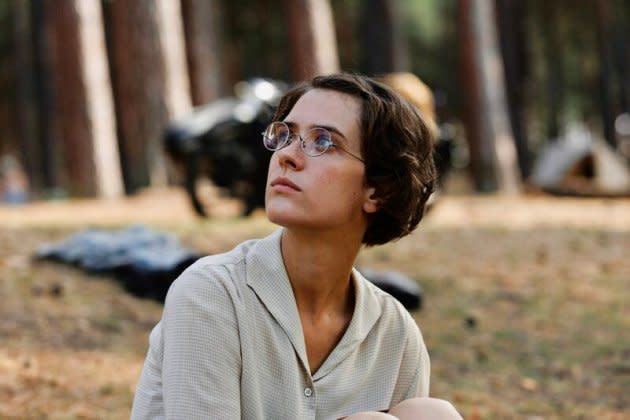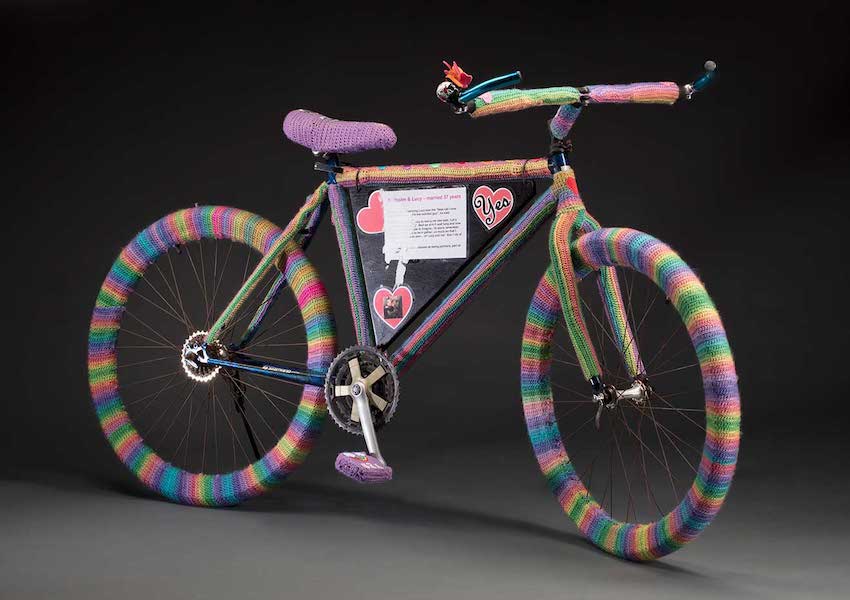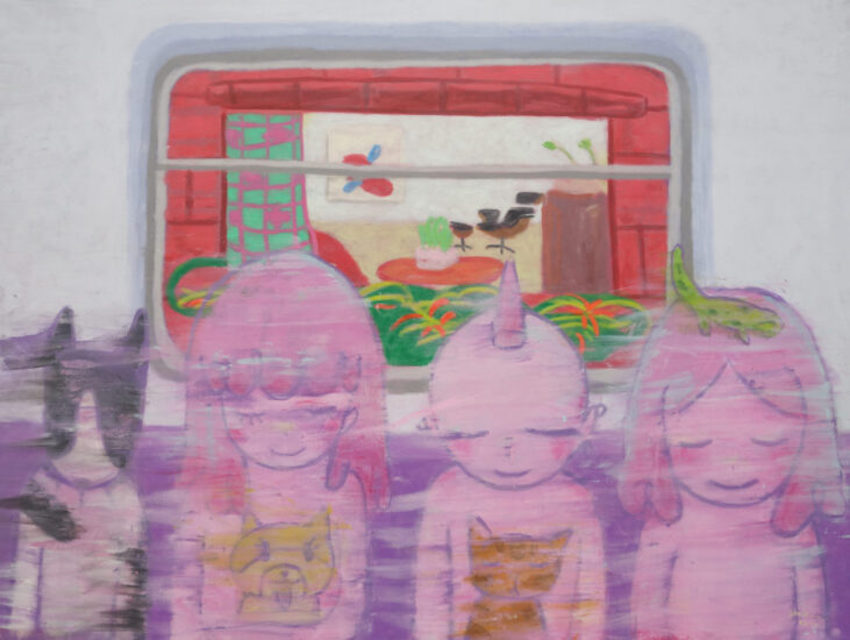
EXHIBITION: THE 80s ARE BACK

When I arrive at the Powerhouse Museum early one morning to learn about an upcoming exhibition, I don’t expect to be there long. For how long can one really talk about big hair and bad clothes? But when I sit down and start talking with Peter Cox, curator of Australian History at the Powerhouse and the main driver behind the content and ideas of The 80s Are Back, I quickly realise there is more to this than just digging clothes out of the closest. Like the exhibition itself, Mr Cox doesn’t look like preconceived curatorial stereotypes. Tall and slim with warm, relaxed features; wearing a sun-yellow shirt and what look to be tortoiseshell glasses. He describes in an articulate and engaging manner the history of the Museum.
“The collection we have is just phenomenal,” he says. “It’s huge, but particularly strong with the 80s. Because the Powerhouse kind of opened in the 80s.” While the Museum had originally focused on science and design, when they moved into the Powerhouse in the eighties, they extended this focus to Australian social history. While people of all ages should engage with the show, the main target audience are people who had their formative years in the eighties. They were possibly in their teens or twenties. Mr Cox describes these years as the ‘golden years’ of one’s life.
“They’re the years that you go back to. You’re forming your identity, and that’s built around the music you listen to, the clothes you wear, the TV shows you watch; the movies you go to, the computers you use, then events that happen in the world – in Australia.” In each section, the visitor will gaze upon, and sometimes interact with objects and ephemera that represent the culture and events of the decade. While these will predominately reflect the Australian experience of the eighties, Mr Cox said that this will include international influences as this was part of that experience. This includes acknowledging music artists like Boy George by displaying the ‘fantastic yellow outfit’ he wore in Karma Chameleon, and acquiring from an overseas museum, the glove and glitter jacket Michael Jackson wore in his career-defining moonwalk performance in 1983.
“Are there any real stand out things you want people to notice?” I ask.
“There’s one object – sort of speaks volumes about the 80s I haven’t mentioned – and it’s the AIDS memorial quilt.”
“Now AIDS was a huge disaster in the 80s … and later in the decade the response of the health authorities and the response of the gay community, really made Australia I think a leader in AIDS prevention, and it kind of brought those gay issues out into the open…” There are nearly 100 quilts. Each is three metres square in size and has nine panels on it, which display names or words related to those who have died of AIDS.
“Now getting back to the fun …” he said after discussing this sombre topic. He starts to talk about the dance parties of the eighties again, but not for too long. He remembers that there’s a section he hasn’t mentioned yet, called Fads and Toys.
“The Rubik’s Cube was the archetypal fad. Then toys like Strawberry Shortcake, My Little Pony; My Child and there’s Rainbow Brite.” I start giggling in a high-pitched girlish way. He has described the very toys I played with growing up – toys that I had completely forgotten about until now. The role they had in my childhood seems silly and special at the same time.
“And we’ve got a little corner in the exhibition where we recreate a teenage girls’ bedroom. We’ve got posters, clothes. I hope that will strike a chord with people who relate to that,” he says finally.
“It definitely will with people like me,” I say, laughing.
Until late 2010, Powerhouse Museum, 500 Harris St, Ultimo, $5-25, 12 December Opening Night Party $60, which includes food plus and a chance to see the show, 9217 0222 or powerhousemuseum.com










